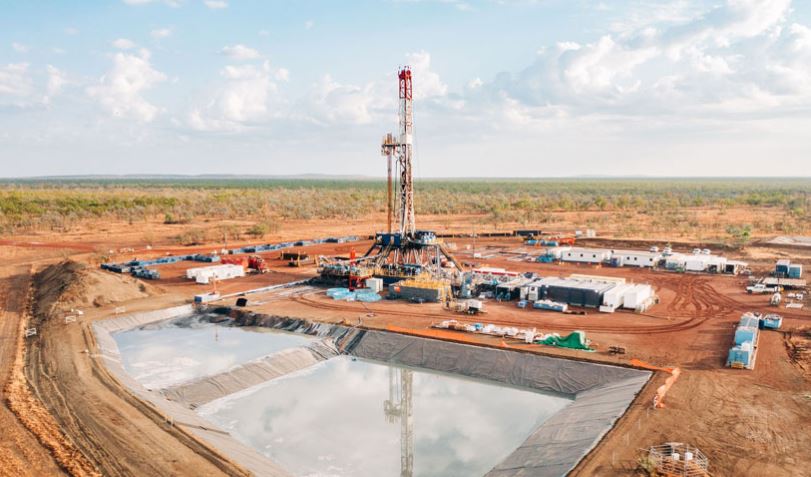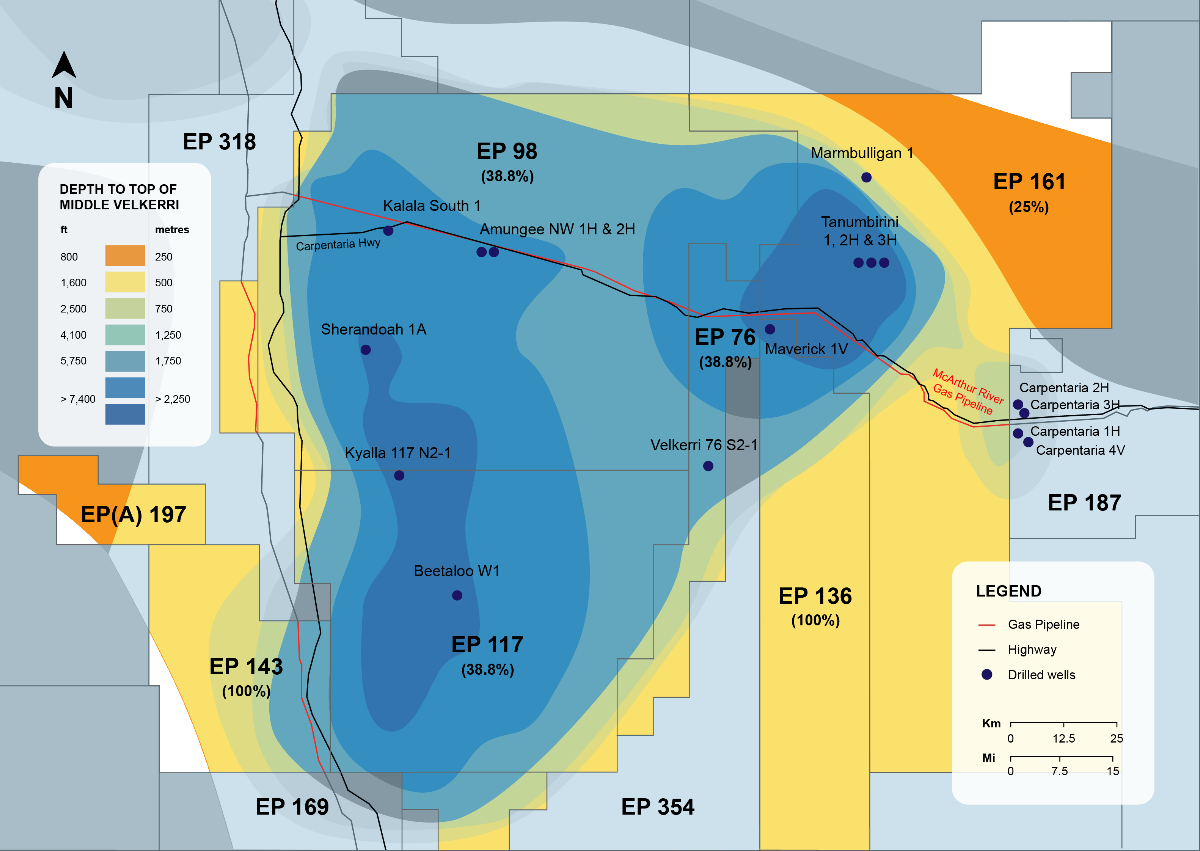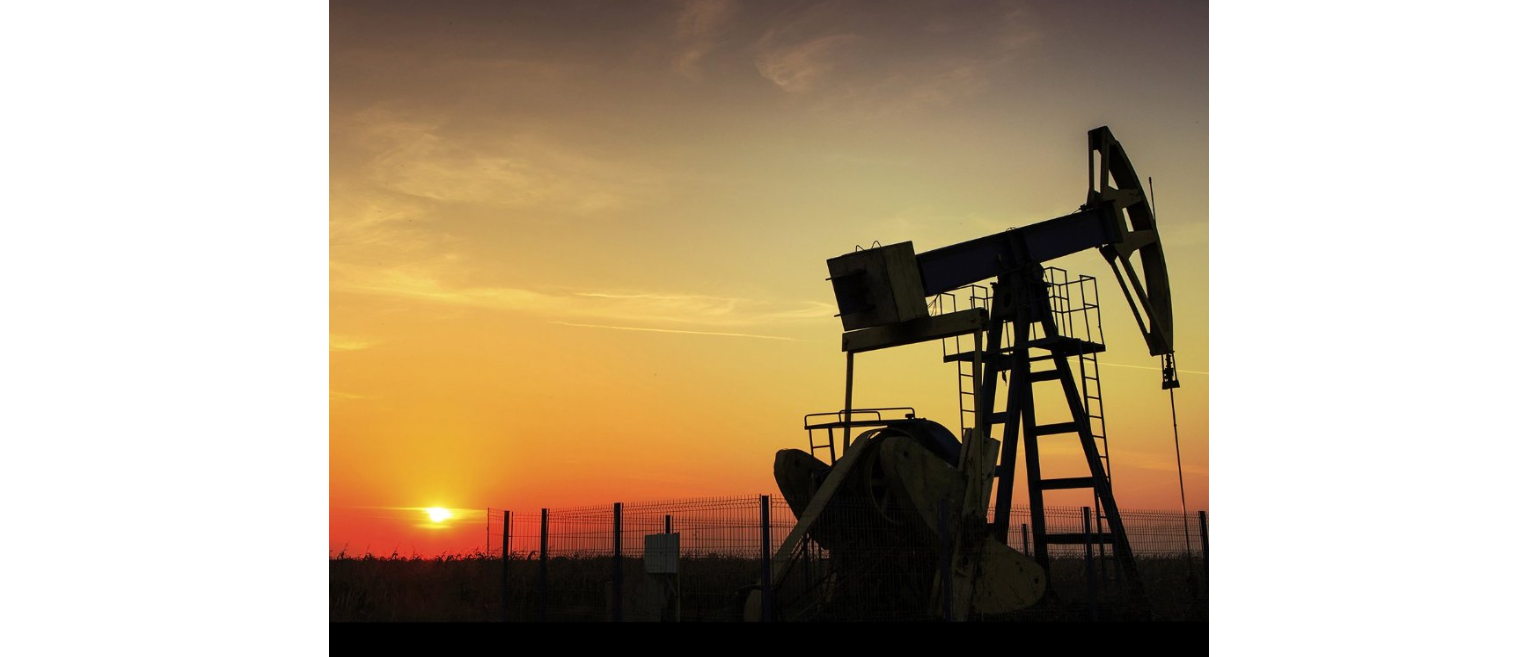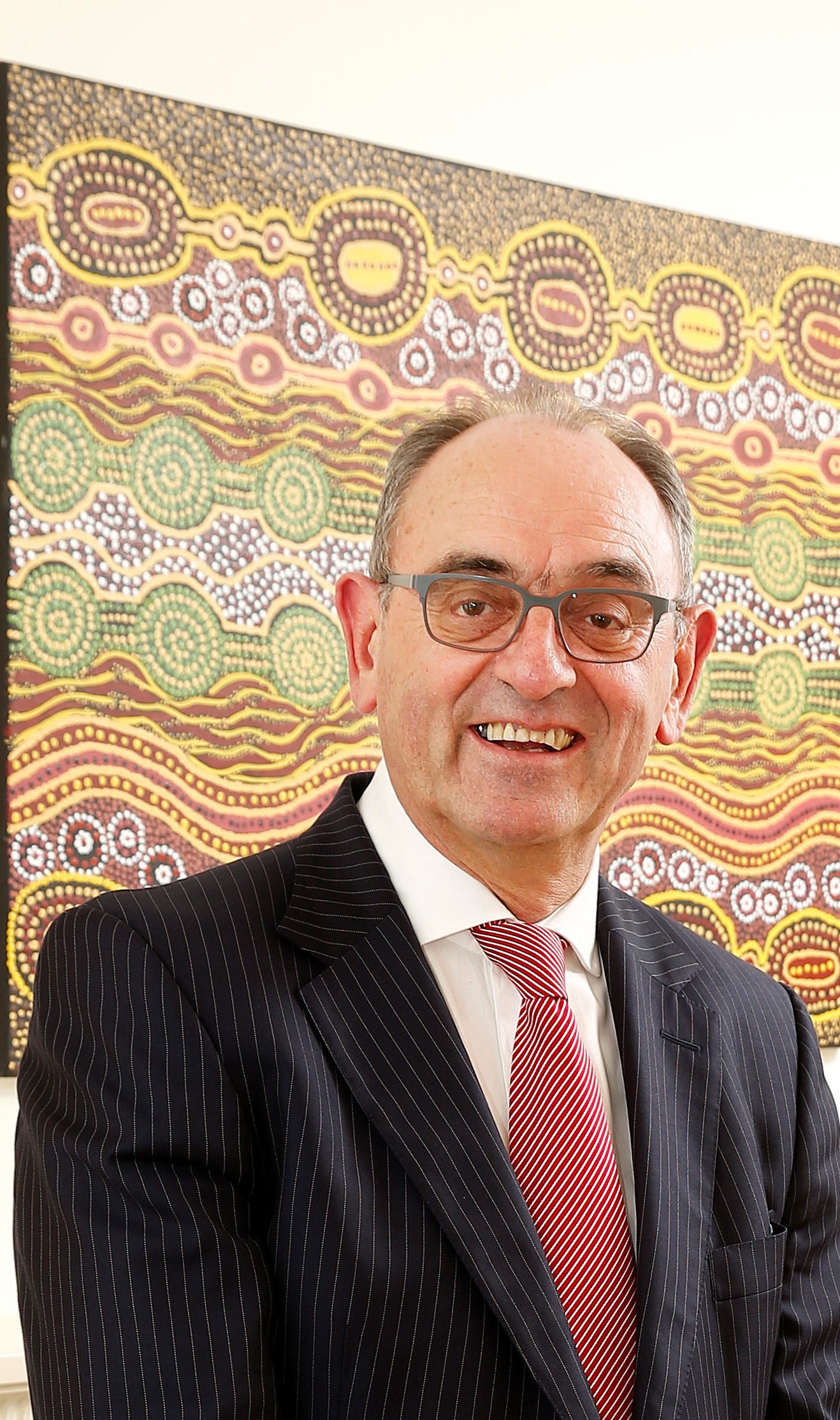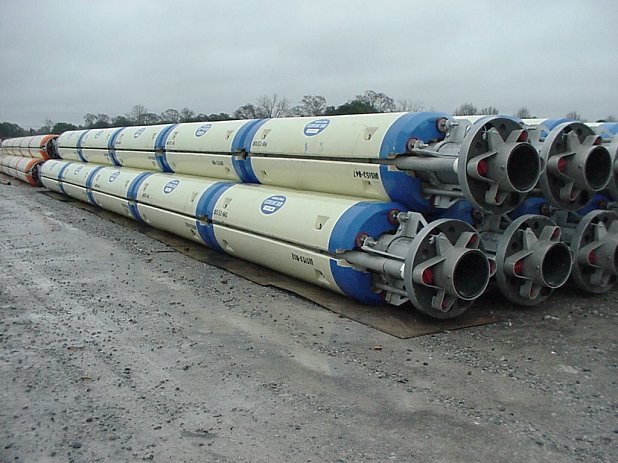Tamboran Resources has announced two major milestones as the Shenandoah South 1H (SS1H) well in EP 117 reached a Total Depth (TD) of 3,300 metres, intersecting approximately 90 metres of high quality Mid Velkerri B Shale with strong dry gas shows.
Tamboran said this represents the thickest section of Mid Velkerri B Shale seen in the Beetaloo Subbasin depocenter to date, while the new Helmerich & Payne super spec FlexRig® Flex 3 rig had set a new record for wells drilled below 3,000m in the Betaloo Sub-Basin by reaching Total Depth of the pilot hole in 21.5 days, drilling at 153 metres per day.
Tamboran said logging of the Mid-Velkerri B Shale formation had indicated higher porosity and gas saturation relative to offset wells, consistent with the Marcellus Shale in the US.
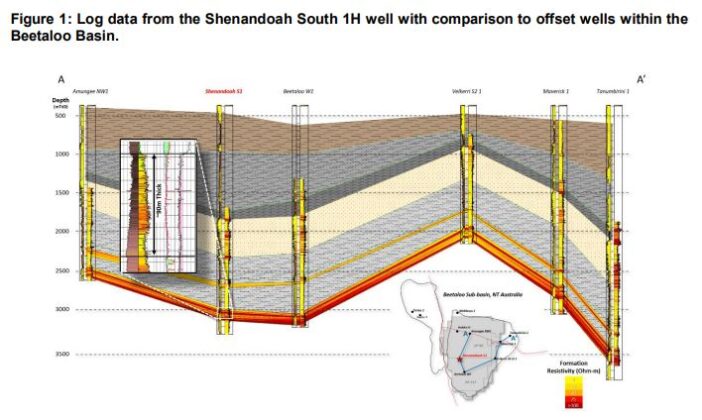
Initial evaluation confirms reservoir continuity of the Mid Velkerri B Shale over 150km between the Amungee 2H and Beetaloo W1 wells. This includes a target development area of approximately 1 million acres where the shale depth exceeds 2,700m, Tamboran said.
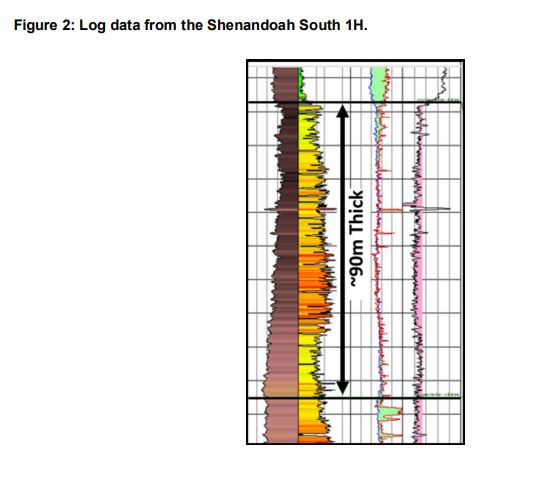
At press time Tamboran was preparing to drill a 1,000-metre horizontal section within the shale formation ahead of a stimulation program of up to 10 stages over a 500-metre section, set for the fourth quarter of 2023.
Tamboran Resources Managing Director and CEO, Joel Riddle, said: “I am extremely excited by the immediate improvement in drilling efficiency of the H&P rig and initial results from the logging of SS1H. Initial data supports our view that the deeper areas in the Beetaloo Basin contain some of the thickest and highest quality B Shale intersected to date in the Beetaloo Basin. The 90 metres of Mid Velkerri B Shale is approximately 20 per cent thicker than the Tanumbirini area.
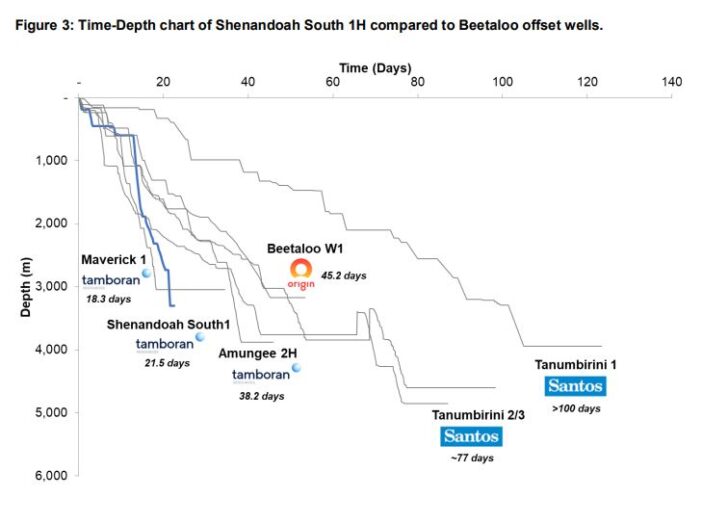
“Preliminary observations suggest the rock properties continue to compare favourably to that of the Marcellus Shale in the U.S. The Marcellus is globally recognised as the most prolific shale basin in the world, with production exceeding 25 BCFD during 2022.
“The Marcellus helped the northeastern United States achieve material greenhouse gas emission reductions as gas fired power replaced coal fired power across the region. We hope Australia can follow.”

